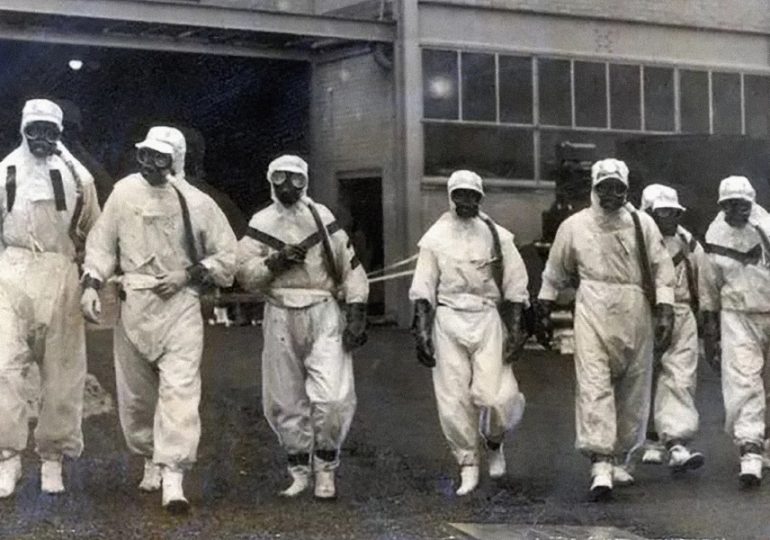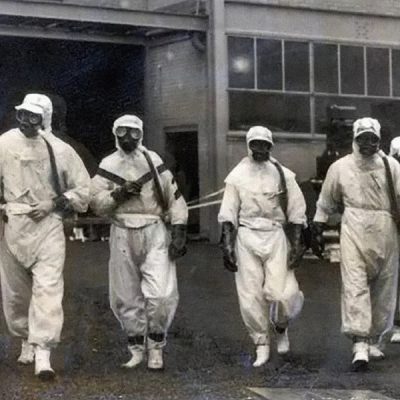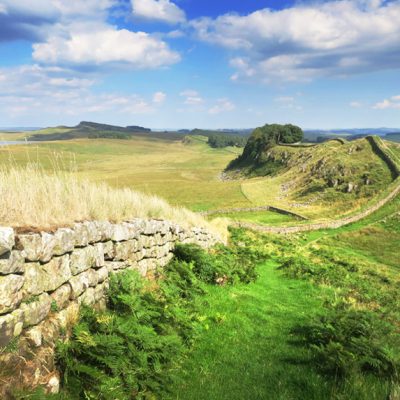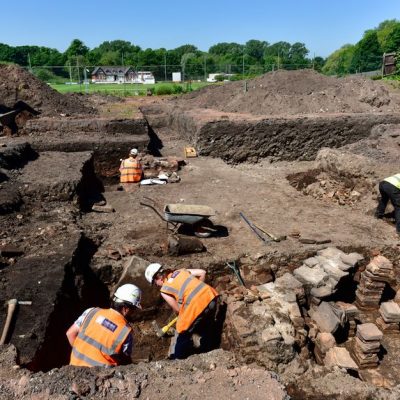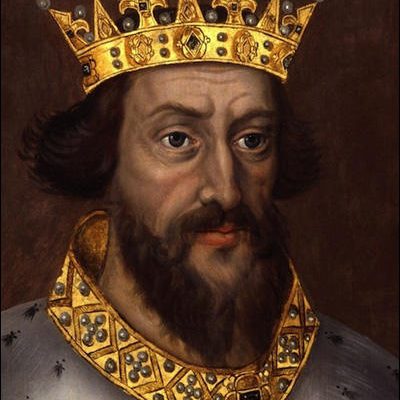The King who couldn’t conquer Cumbria
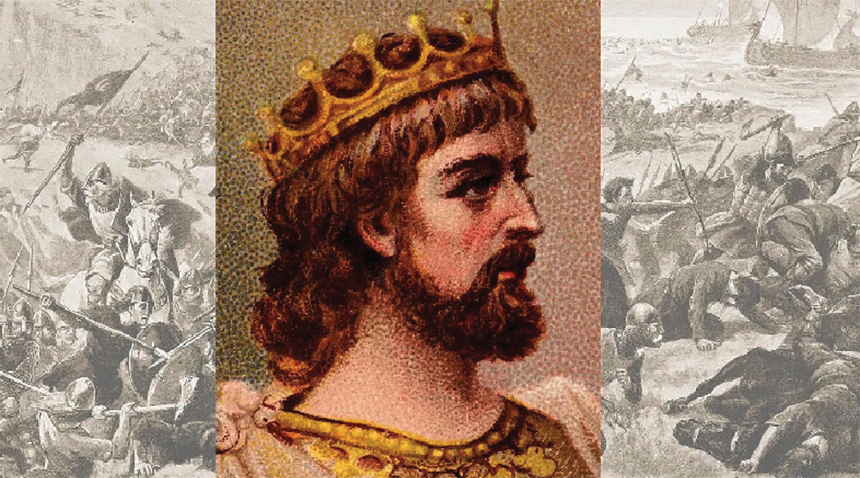
The King who couldn’t conquer Cumbria
King Athelstan created England at the point of a sword. But how come he failed to force Cumbria into his empire?
Local author, Paul Eastham once again delves into the annals of history and gives us another fantastic insight into our rich past – this time his eyes are on Athelstan who is currently enjoying a resurgence in popularity due to the recent Netflix Film – The Last Kingdom: Seven Kings Must Die.
With his slender, muscular body trained to the peak of martial fitness and his beautiful blonde hair curled in shoulder length tresses, the grandson of Alfred the Great set out self-consciously at the age of thirty-three to turn his Wessex homeland into a superpower.
In ten months of blitzkrieg intensity following his coronation in 925, he added Mercia to his realm, expelled the hard-boiled Viking king Guthfrith from York and won the submission of the Danes. Then he rode up the Great North Road, attacked Bamburgh castle and deposed the Anglo-Saxon earl Ealdred Eadulfing, absorbing Northumbria, thus becoming the first man who could legitimately call himself King of England.
Yet the volcanically energetic prince never drove the distant, mountainous, and fiercely proud Kingdom of the Cumbrians into his jurisdiction – even after the bloodiest battle of the early middle ages at Brunanburh in 937.
The problem was, based in Winchester, he was close to operating beyond his military and economic capacity. So, in 927 he called an extraordinary conference on the banks of the River Eamont near Penrith to signal his determination to serve as “Rex Totius Britanniae” – king of all Britain, a slogan Athelstan would soon stamp on his coins. He chose the site to intimidate the northern kings.
Constantin, king of Alba (the north of Scotland); Hywel the Good, a powerful South Welsh king; Ealdred, son of Eadwulf, the king of Northumbria and, crucially, Owain, the King of the Cumbrians.
The site was chosen to intimidate his guests. They had to pitch their tents beside an enormous prehistoric earthwork now known as Mayburgh and another now called King Arthur’s Road Table. Inexplicable standing stones and vast burial mounds were enough to send the superstitious early medieval mind, in which Christianity had not fully taken root, reeling.
Athelstan’s guests allowed the king to believe they would not join the Vikings to overthrow the Englishman’s gains. But eventually they refused to attend any more of Athelstan’s time-wasting southern ceremonies. They assumed he was too far away to retaliate. But Athelstan marched north to inflict punishment raids on Cumbria and Alba. Trust was gone, though, and the two northern kings defiantly forged an alliance with the notorious warlord, Anlaf Guthfrithson, King of the Dublin Vikings.
As the Annals of Ulster put it, this led to the “immense, lamentable, horrible and desperately fought” battle of Brunanburh. According to the Chronicle, “countless of the army” died in the unprecedentedly bloody battle adding that there were “never yet as many people killed before this with sword’s edge”.
But this historic fight was a Pyrrhic victory for Athelstan. It stretched his resources to the limit. He lost the cream of his military. He was exhausted and unable to consolidate his victory. Owain’s calculation was correct. Cumbria survived as an independent kingdom for another 220 years when it finally joined England under the Normans.
—–
This is an extract from Secrets of the Lost Kingdom. Buy it here: www.fletcherchristianbooks.com
Share It:






